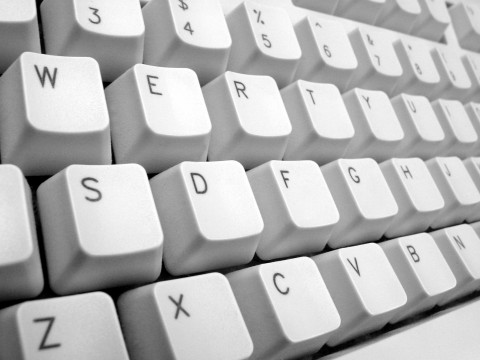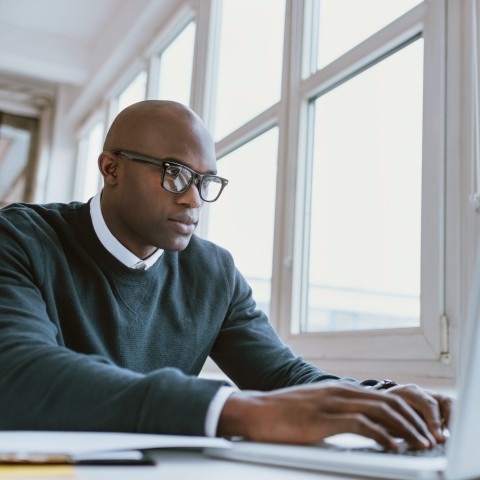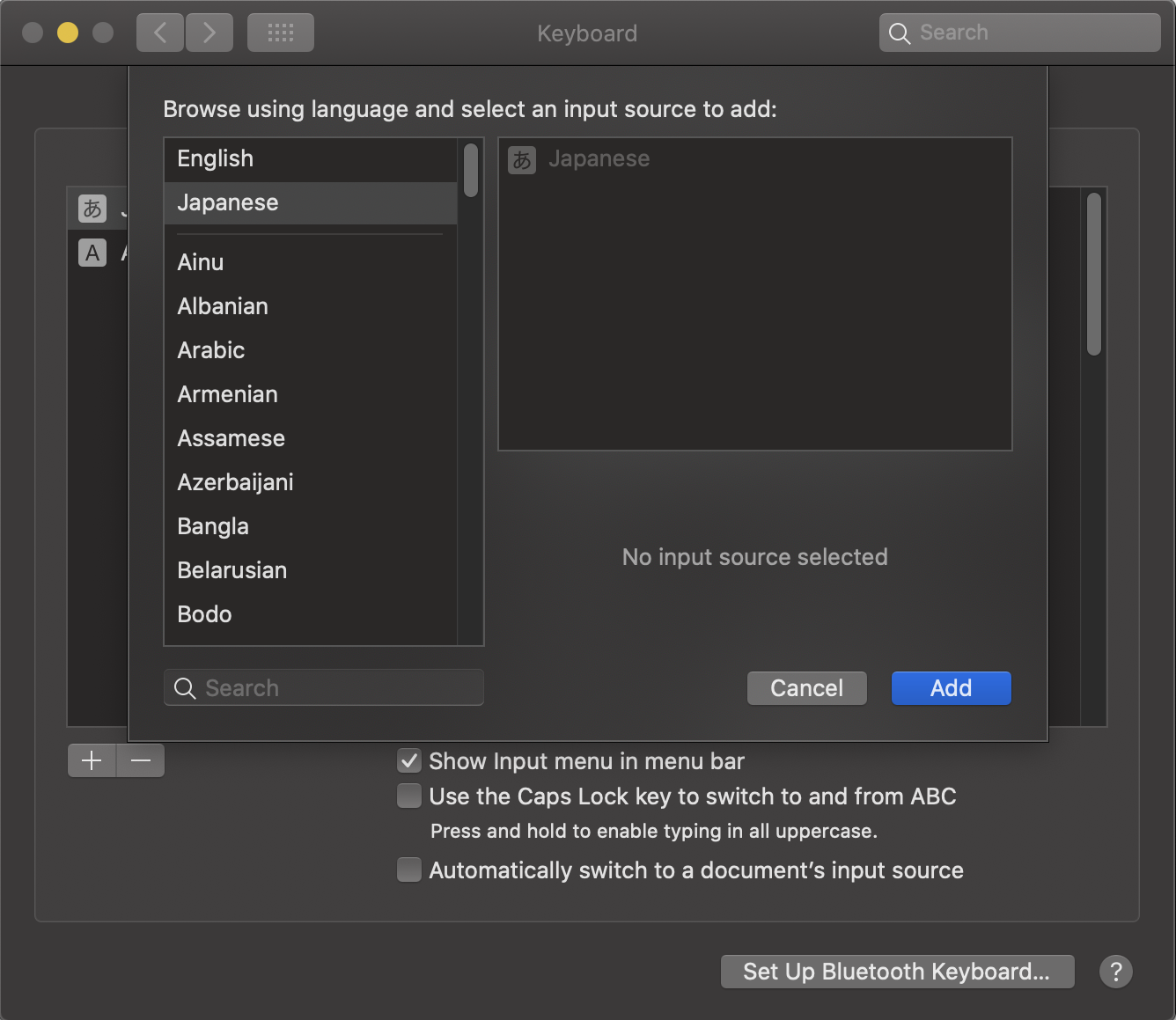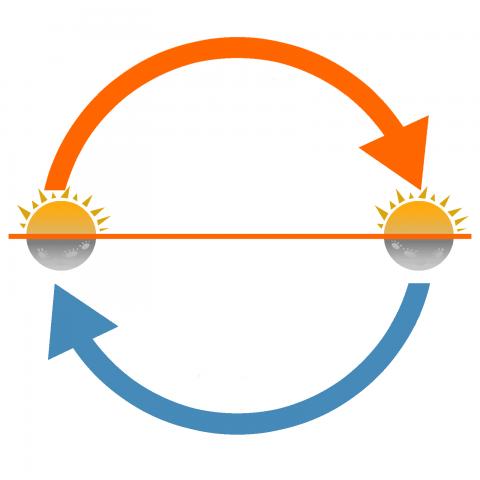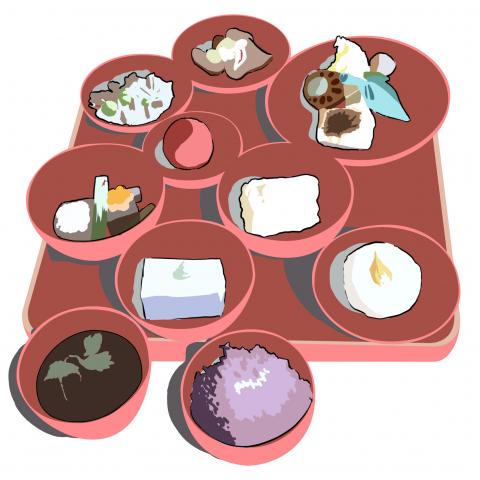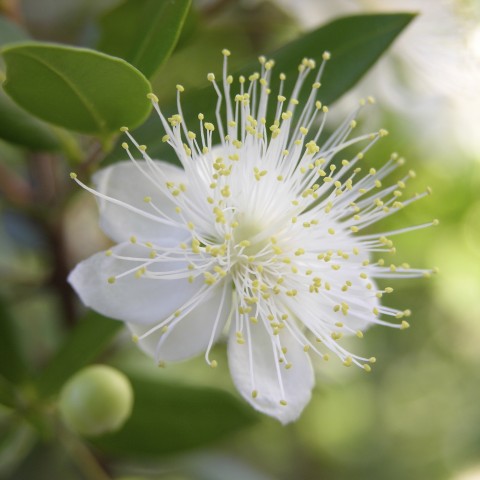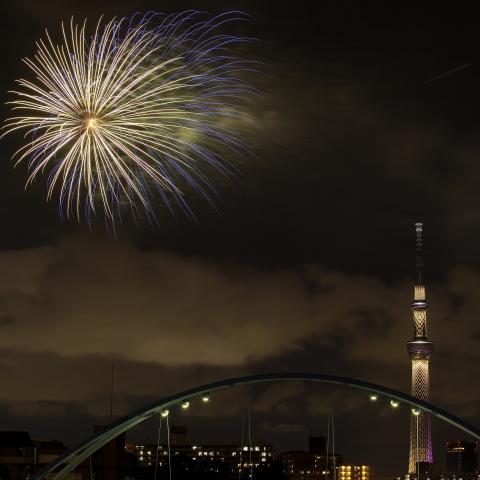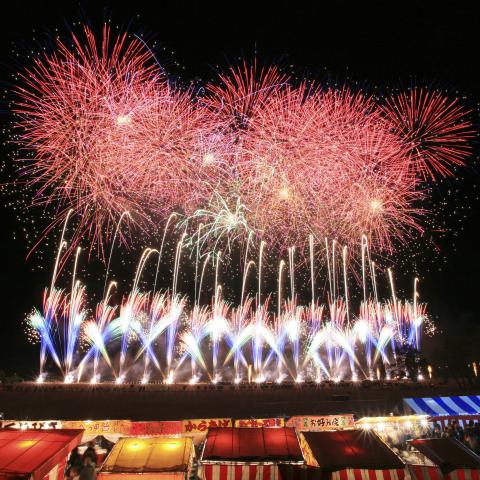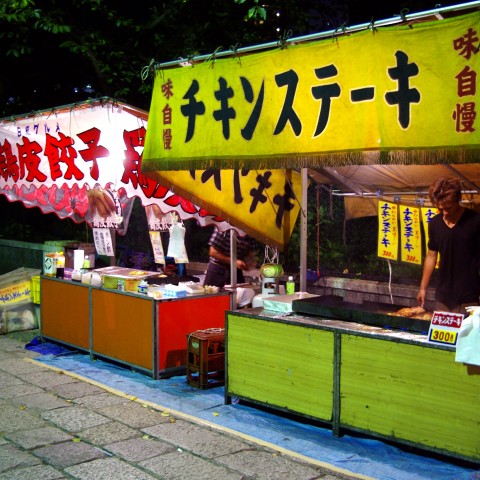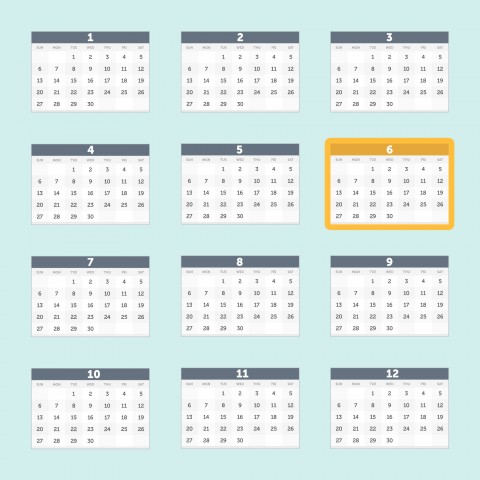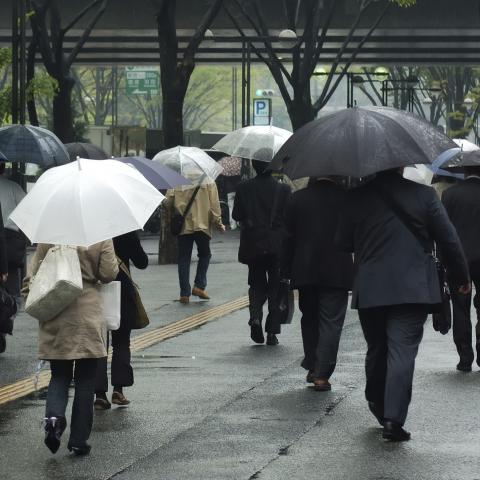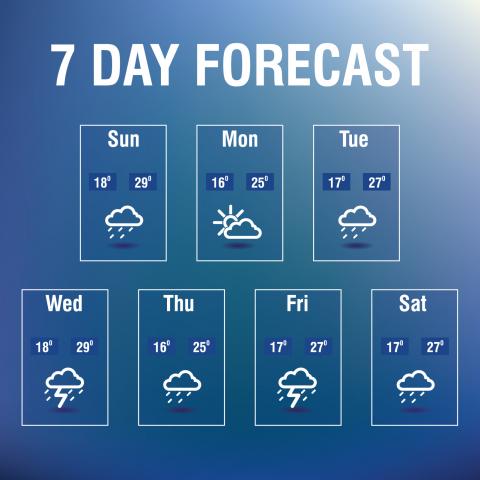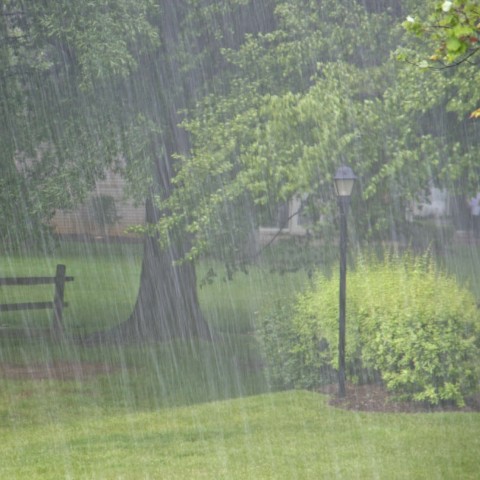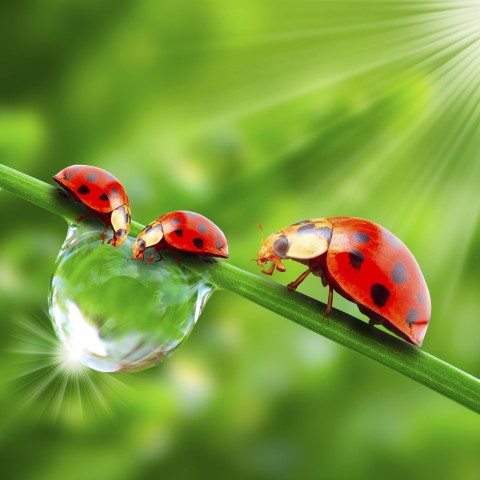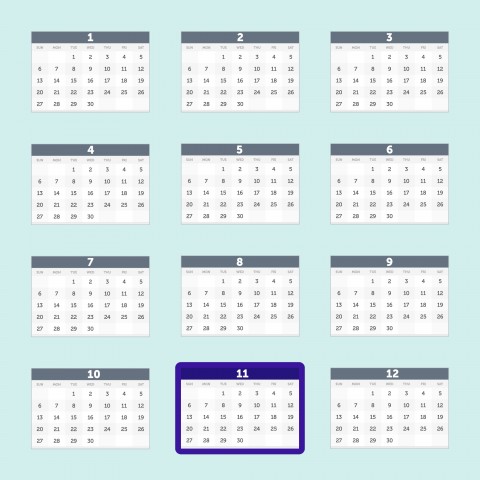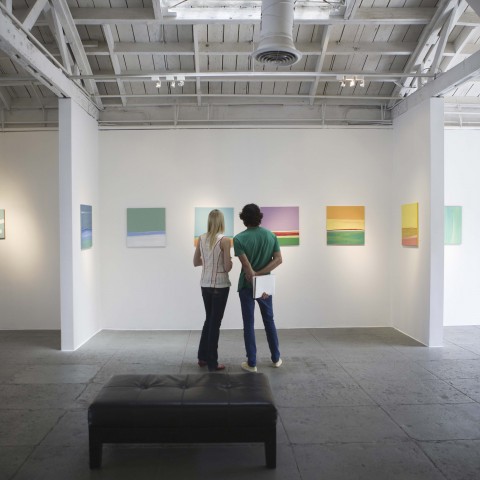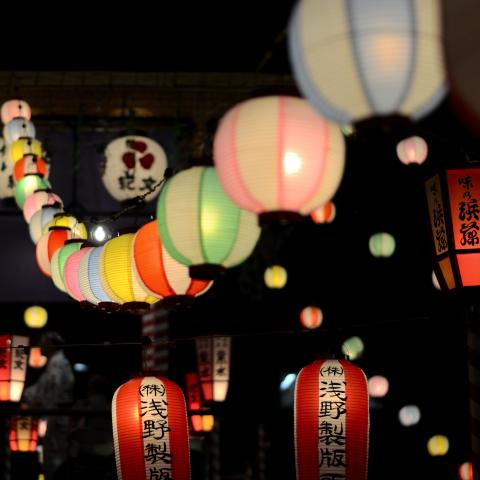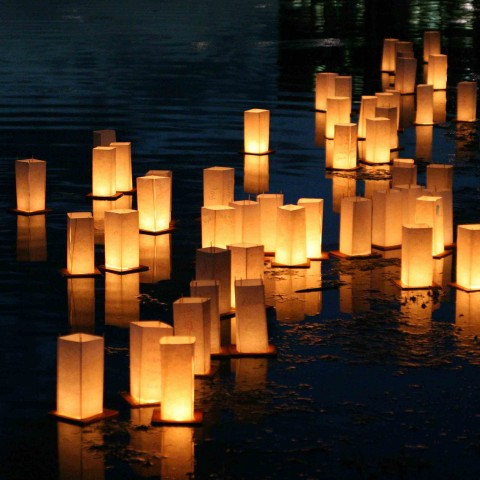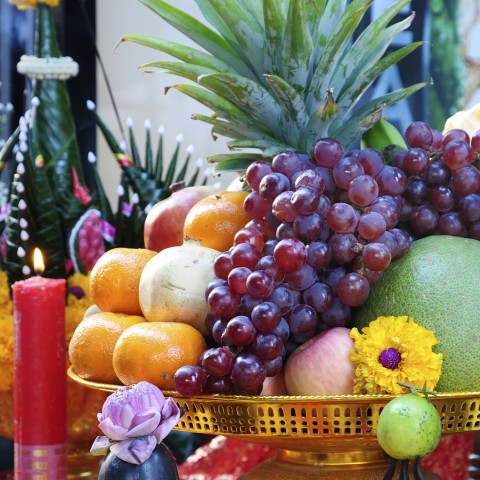
If you’re baffled by the title of this article or considering the possibility that we might have fallen victim to a typo, let’s start by saying neither of those ideas is accurate. While there is just one language known as Japanese, the Japanese language comprises various dialects and three very different writing systems. In this article, we’ll explore the Japanese languages and their intriguing history to explain why Japanese is as much of an art as a unique language!
 Table of Contents
Table of Contents
- History of Japanese
- Exploring the Different Dialects of Japanese
- Four Fascinating Japanese Language Facts
- Wrapping Up
1. History of Japanese
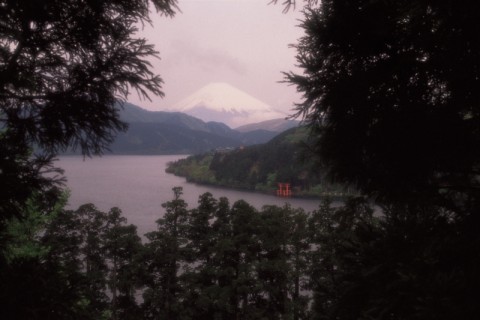
A- Old Japanese
Did you know that Japanese history dates back some 2,000 years? Although there isn’t much reliable information on the Japanese language’s prehistory or origin, we know that the first evidence of the language dates back to the 8th century.
During that period, they used two kinds of writing.
Man’yogana – This was a writing system that used Chinese characters to represent Japanese phonetic sounds.
Kanbun – This writing system followed the Classic Chinese style and used Chinese characters to represent Japanese words.
Both writing systems relied on the use of Chinese characters, which was a lot of effort. The Japanese language needed its own writing system that could capture the essence of Japanese sounds. This was when Hiragana and Katakana were invented. At first, the Japanese used Hiragana and Katakana to annotate kanbun texts, which simplified the process of reading Chinese as the writing systems provided much-needed guidance on proper grammar and pronunciation of Chinese characters.
B- Middle Japanese
Early-middle Japanese was used during the Heian period between 794 and 1185. During this time, the Chinese language had its most significant influence on the Japanese language. Between 1185 and 1600, late-middle Japanese developed better phonology. This was also when the first loanwords from other European languages were incorporated into Japanese.
C- Modern Japanese
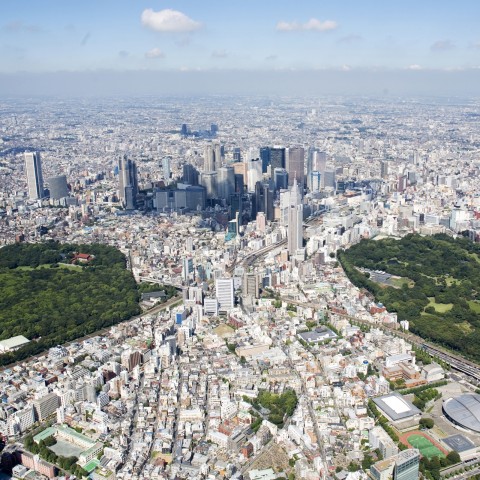
Starting in the 18th century, the Japanese language modernized quite considerably. Hiragana and Katakana were introduced shortly after WWII, and the writing systems formed the basis of the standard language still used in formal communications today.
Modern Japanese written language uses a mix of three writing systems:
Kanji – The Chinese Writing System
Kanji is a Chinese writing system used in Japan because they did not have an official writing system of their own. After Kanji was introduced to the Japanese language, the people started using it with Japanese terms, represented by characters that depicted meanings and not sounds. After the 7th century, Japanese people began using Kanji to write Japanese as a syllabic script, and this style was known as Manyogana.
Hiragana – Depicting Native Japanese Words
Hiragana was eventually developed based on Manyogana, and they used the basis of cursive calligraphic Chinese writing to create this writing system. At first, the elites and high-ranked Japanese people preferred using Kanji. Hiragana was often called “women’s script” because it was seen as a lower writing system than Kanji, and women didn’t have equal access to education as men.
From a contemporary perspective, Hiragana is used where there are no Kanji characters that represent the Japanese tense or mood. Hiragana is also used as suffixes to Kanji characters to indicate adjective and verb conjugations.
Katakana – Representing Loanwords and Modern Language
Developed in the 9th century by Buddhist monks, Katakana is also based on Kanji. Contrary to Hiragana, only the men used Katakana for writing official documents. From a contemporary point of view, the Japanese use Katakana to write foreign words or loanwords and to describe emphasis as well as names for flora and fauna.

D- What is Kana?
It’s really a simple equation: Hiragana + Katakana = Kana!
Kana characters represent sounds, unlike Kanji characters which represent meanings. Kana has characters that cover each syllable of Japanese words, with each alphabet comprising roughly 46 primary characters. This is also why it’s much easier to master Hiragana or Katakana than Kanji, which has more than 2000 characters.
2. Exploring the Different Dialects of Japanese
The Tokyo accent (or Standard Japanese) is the most common Japanese dialect, but there are many other regional dialects of the language. Although the dialects are mutually intelligible, there is quite a difference in pronunciation of Japanese words between one region and the other.
Here’s a look at some of the most widespread regional dialects:
A- Tohoku
Tohoku is a dialect that’s not always mutually intelligible from the other Japanese dialects. It’s considered a language isolate when compared to the two other significant dialects.
B- Kansai
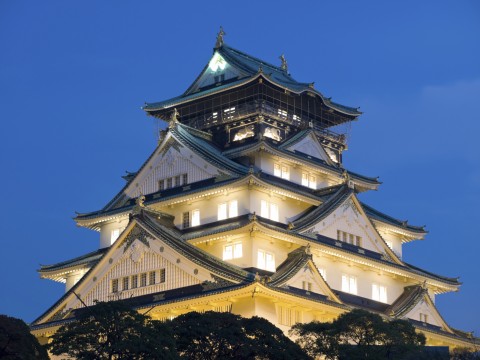
Kansai is a dialect that’s widely spoken and mainly used in television production.
C- Okinawa
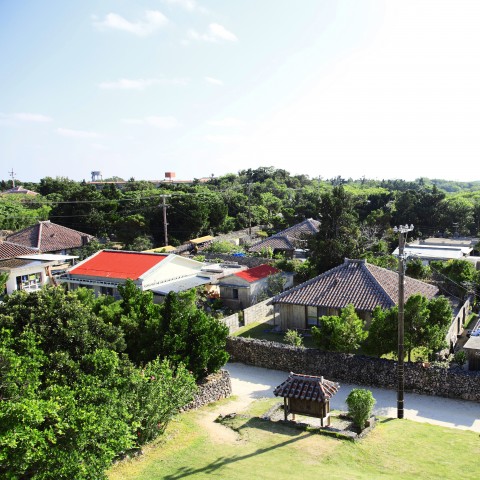
Okinawa is a dialect that reflects other indigenous languages that are endangered. These languages are collectively referred to as Ryukyuan.
3. Four Fascinating Japanese Language Facts
- The East Asian language of Japanese is the native language of nearly 128 million people, and Japan is the only country that uses Japanese as its national language!
- Although the Japanese language has no genealogically demonstratable relationship with Chinese, a large chunk of its vocabulary originates from the Chinese language.
- We don’t know much about the prehistory of Japanese languages. There’s no direct evidence that depicts the earliest forms of the Japanese language.
- The oldest Japanese language book is Kojiki. It was written in the year 712 and was written using Chinese characters.
4. Wrapping Up
There will probably always be somewhat of a linguistic dispute when it comes to the origins and history of Japanese languages. Most linguists and translation experts believe that the Japanese language trails back to the Ural-Altaic language family that includes East Asian languages like Turkish and Korean. Others think Indo-European languages might have influenced it with Greek or Latin roots.
What is set in stone, however, is that the Japanese language is one that has the most apparent cultural influences of all. The fascinating language isolate has influenced many other cultures around the world. Although it’s one of the most fast-paced spoken languages on earth, its abundance of loanwords makes it easier to learn than its associates like Mandarin.
Author Bio:
Sean Patrick Hopwood is the President of Day Translations, an academic evaluation services company.













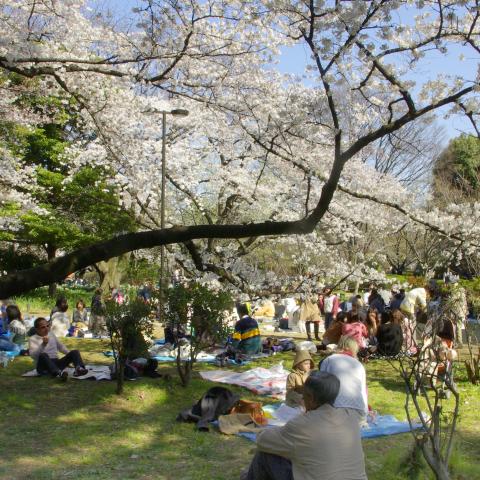
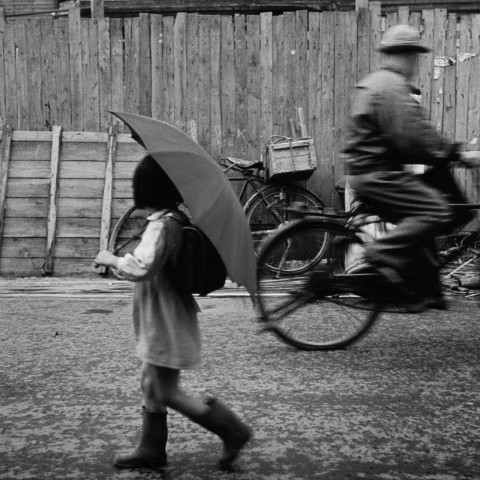
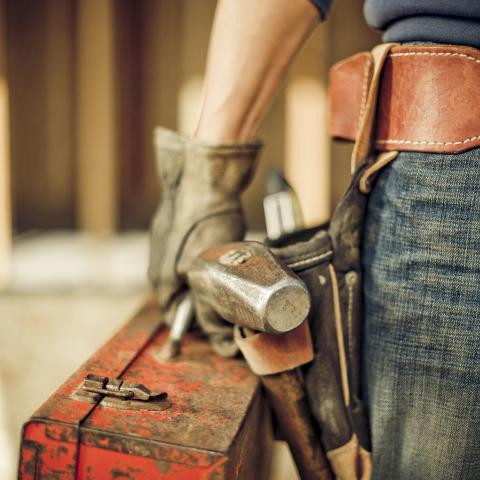



 Table of Contents
Table of Contents